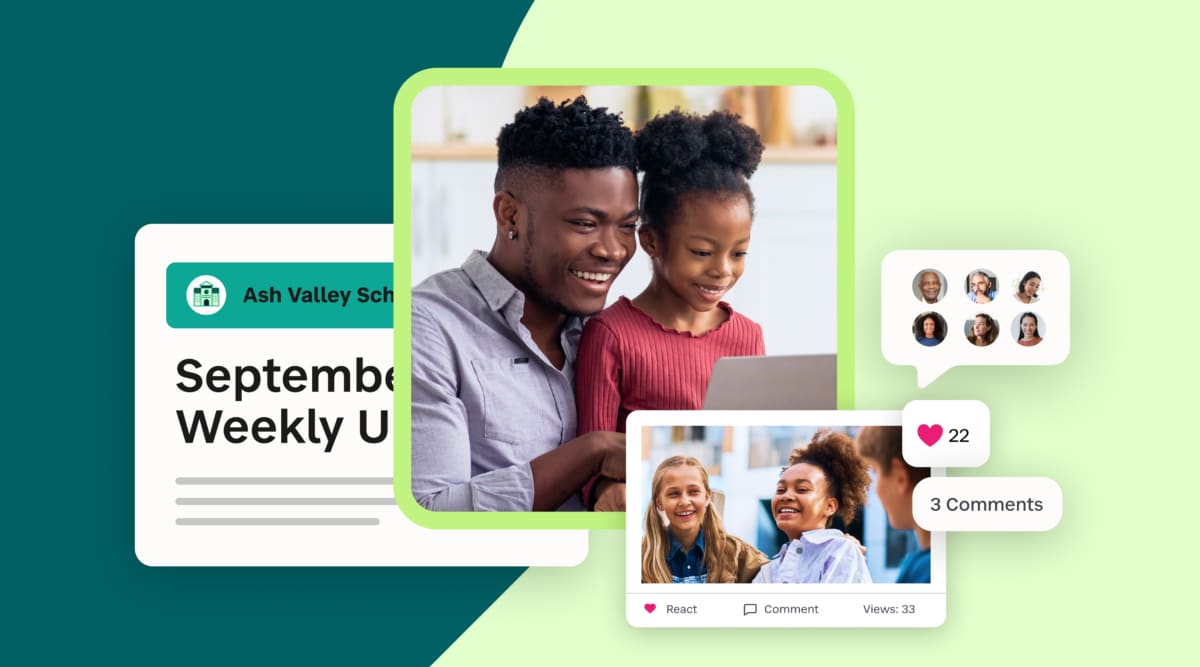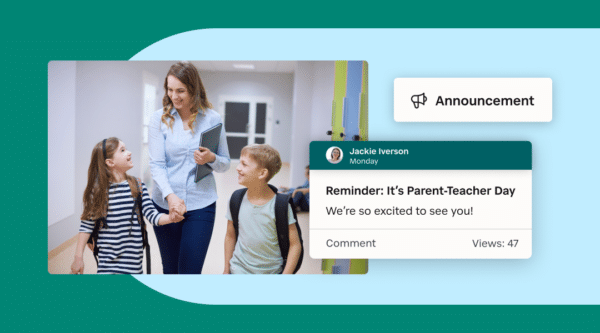

At SchoolStatus, we’ve identified a three-tiered framework to help schools build Family Partnerships and achieve lasting engagement.
Level 1: General Support / Buy-In
The foundation of family engagement is securing families’ trust and confidence. Schools must address key questions:
- Are my children safe?
- Are my children happy?
- What’s going on with my children?
Consistency and accessibility are crucial. Schools should ensure that families can easily find updated information about their child’s well-being. Platforms like SchoolStatus Connect allow schools to centralize communication, schedule updates, and provide real-time insights to families.
Pro Tip: Use “Quick Links” or a single engagement platform to make vital information easy to locate.
Level 2: Participation
Once families feel supported, the next step is to encourage their involvement in school activities. Schools should:
- Invite families to participate in ways that accommodate busy schedules and language differences.
- Provide opportunities for families to see their child’s progress and success.
Pro Tip: Interactive events, like gallery walks or parent-student showcases, encourage repeat participation and build stronger connections.
Level 3: Partnerships
The final stage is creating true partnerships between families, teachers, and the school. This involves:
- Sharing academic and behavioral data with families regularly.
- Establishing two-way communication methods for feedback.
- Collaborating with families to celebrate successes and address areas for growth.
Pro Tip: Use data to create a narrative for families, highlighting both achievements and opportunities for improvement.
Read a Case Study on how Armadillo Technical achieved Family Partnerships
Why Family Partnerships Matter
When schools successfully build Family Partnerships, the results are profound:
- Students benefit from a cohesive support system at home and school.
- Families trust educators and feel confident in their ability to contribute.
- Teachers gain valuable insights and collaboration from families.
With a unified plan in place, schools can transform family engagement from a challenge into a strength.
How to Reach Families Who Don’t Seem to Care About Education
The Bottom Line
Creating an effective family engagement plan doesn’t have to be complicated. By addressing roadblocks, fostering participation, and building partnerships, schools can create a supportive environment where families, teachers, and students thrive.
Goodbye to stress and finger-pointing—hello to collaboration and success.
Ready to get started? Explore how platforms like SchoolStatus can help your school or district achieve Family Partnerships today.
Stay Connected
News, articles, and tips for meeting your district’s goals—delivered to your inbox.





